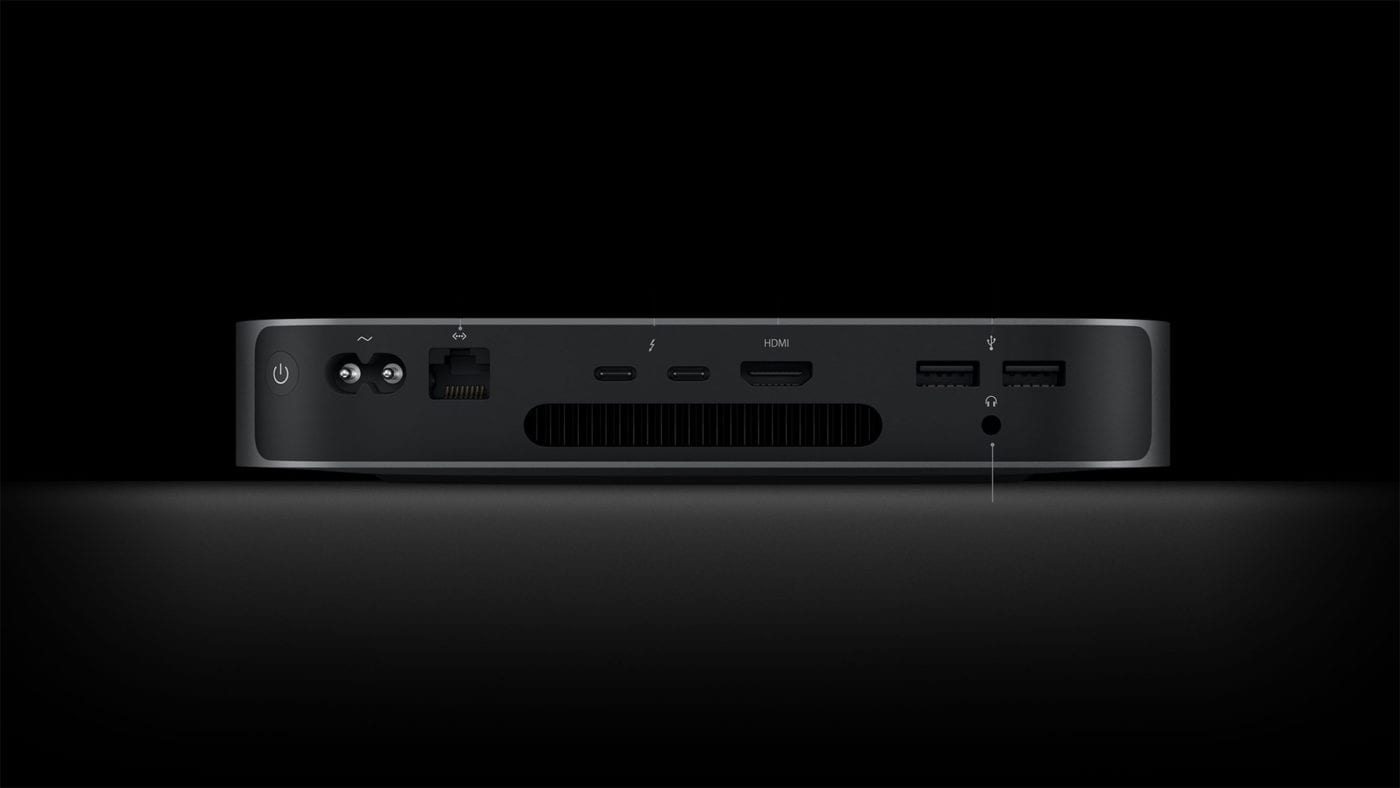
It also allowed iPhones, iPads, and iPods to connect to a MacBook for charging and data transfer or management. It supports a large number of computer accessories including flash drives, external hard drives, external CD/DVD players, and more. USB 3 ports are in a USB-A shape-the traditional USB shape you’re probably familiar with. But the port also supports external hard drives and other storage devices with faster speeds than USB, FireWire, and Thunderbolt 1 ports. With the same shape as the Mini DisplayPort, and supporting Mini DisplayPort video output, Thunderbolt 2 took the form factor a lot further by supporting 4K video streaming and writing 4K video to a disk while the video streamed.įor these reasons, Thunderbolt 2 is best known for connecting external monitors and cameras to a MacBook.
#Video output cards for mac pro 2012 Bluetooth#
You may not need this port if you prefer Bluetooth headphones, but for those who still enjoy cords, or noise-canceling features, it’s nice to see this port stick around.Ģ012 to 2016 MacBook Air (this Mac doesn't have a HDMI) It also connects built-in microphones on headphones and earbuds as well. The only other port on these MacBook models is the 3.5mm jack, allowing for headphones to be used with a Mac. But at least with those and the right cords, you can use basically anything with these Macs! To access the many uses of the Thunderbolt 3 port, you will likely need several kinds of adapters or even specialized Thunderbolt 3 hubs.

With the USB-C shape allowing for cords to be inserted in any orientation, Thunderbolt 3 ports are incredibly versatile in what can be plugged into them, and how they can be plugged in. SD cards can also be supported with adapters to fit them into the ports. So you can plug an external hard drive into a Thunderbolt 3 port one day, and then put an HDMI cord into the same port the next. It also allows for a Mac to be charged via Thunderbolt 3 ports. Thunderbolt's USB-C shape allows for “Alternate Modes” for the port that can support HDMI, MHL, Ethernet, and DisplayPort connections, on top of general USB ones. Thunderbolt 3 ports are so fast you can plug in virtually anything and have it work with your Mac. Again, select 1280x720.You'll find these ports on the following MacBook models: You may have to change the display resolution again if there was a different previous setting, but this can quickly be done from the same menu drop down. No confirmation is needed once this is done. If you wish to mirror your displays, again, drop down the display menu item, and select Mirror Displays. Click "CONFIRM" to lock in these settings.Ĩ. A confirmation dialog will appear on the external display (or both if mirroring is on), and you have 15 seconds to click "CONFIRM" to remain these settings. Once the monitor is connected, in the same menu drop-down, set the external display to 1200x720 (60 Hz).

If your Mac did not detect the added monitor, you should select the Monitor drop-down in the menu bar and select "Detect Displays" to make it find the monitor. That means setting it up with an external monitor now should make the process go faster.ħ. The mode in which it starts up in will be based on your last connection to a similar monitor. When a second Monitor is connected, it should automatically redraw the internal monitor and add the new external monitor automatically. Take a Lightning Mini DisplayPort (or Thunderbolt) to HDMI adapter and connect the smaller end into the MacBook Pro or Air.Ħ. Mac Pro introduced in 2009 through 2012ġ.MacBook Air introduced in late 2008 through 2010.




 0 kommentar(er)
0 kommentar(er)
